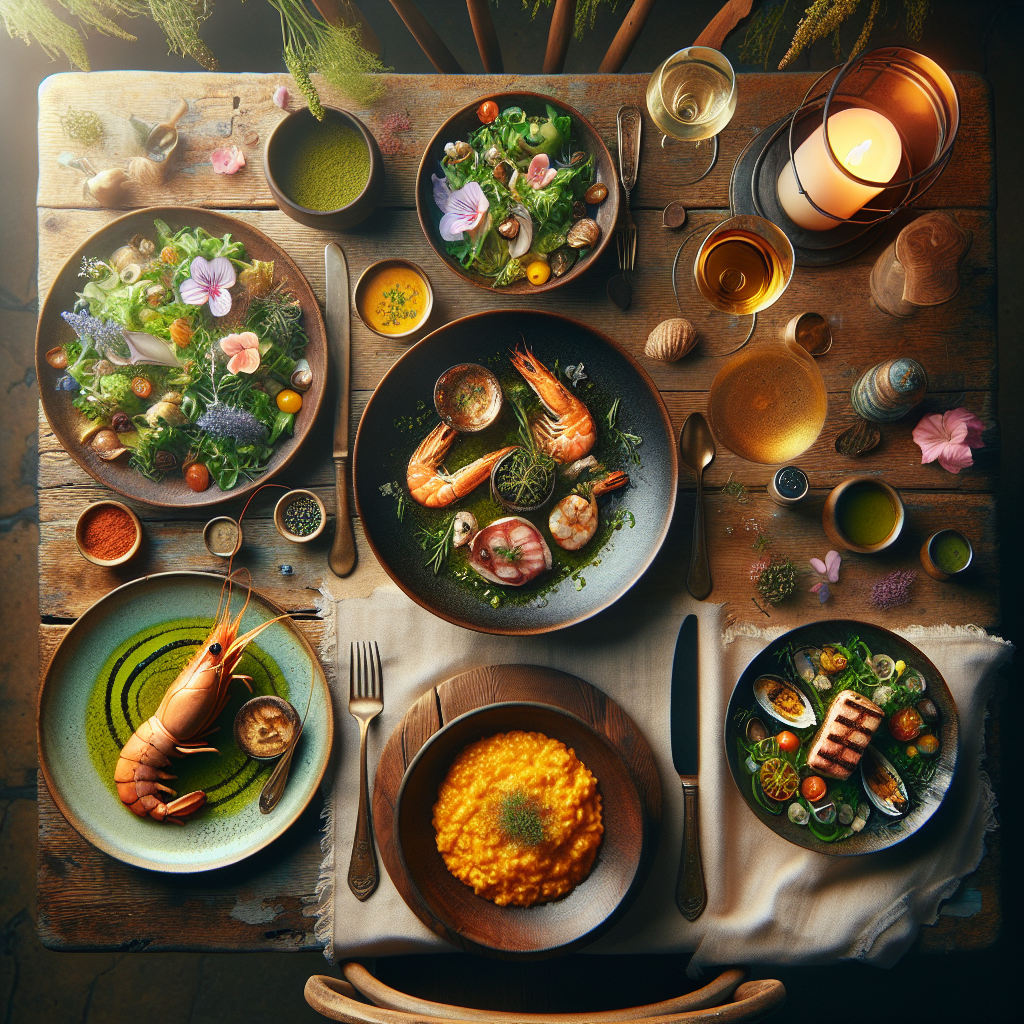July 26, 2024

Creating a menu that captivates customers and boosts sales is an art form in the restaurant industry. As someone who's seen countless menus and helped restaurants optimize their operations, I've gathered some key insights to share. Let's dive into the world of menu crafting and explore how you can make your restaurant's offerings truly stand out.
Before we get into the nitty-gritty, it's crucial to understand the psychology behind menu design. Menu engineering uses simple psychological tricks to make your menu more appealing to guests. By leveraging these principles, you can subtly guide your customers towards your most profitable items.
Here's a quick video that breaks down some top menu psychology techniques:
When crafting your menu, consider these essential components:
Developing your menu concept is the first step in creating a compelling menu. This involves deciding what you want your restaurant to be known for and how your menu items will reflect that vision.
The power of a well-written menu description cannot be overstated. It's your chance to tantalize taste buds before the food even arrives. Including brief, enticing descriptions under each dish name can significantly increase sales.
Consider these tips when writing descriptions:
The visual aspect of your menu is just as important as the content. Here's a video that covers some key design hacks:
Optimizing menu size and utilizing white space are crucial for creating a menu that's easy on the eyes. Remember, a cluttered menu can overwhelm customers and lead to decision paralysis.
Pricing your menu items effectively is a delicate balance. You want to maximize profits while still providing value to your customers. Some strategies to consider:
Your menu should be a living document that evolves with your restaurant. Regularly taste test and adjust your offerings based on customer feedback and sales data. This ongoing process ensures your menu stays fresh and aligned with your customers' preferences.
In today's digital age, your menu extends beyond the physical paper in your restaurant. Consider how your menu appears on your website and third-party delivery apps. Ensuring consistency across all platforms is key to maintaining your brand image.
Speaking of technology, tools like our 24/7 AI Phone Agent at loman.ai can help streamline your operations, allowing you to focus more on menu optimization and less on managing phone calls. By handling orders, reservations, and inquiries automatically, you can gather valuable data on customer preferences to inform your menu decisions.
Crafting a compelling restaurant menu is an ongoing process that requires attention to detail, creativity, and a deep understanding of your customers. By implementing these tips and continuously refining your approach, you can create a menu that not only showcases your culinary offerings but also drives your restaurant's success.
Remember, your menu is often the first impression customers have of your restaurant. Make it count!
It's generally recommended to review and update your menu seasonally or at least once a year. However, minor tweaks can be made more frequently based on customer feedback and sales data.
This depends on your restaurant type and target audience. High-end restaurants typically avoid photos, while casual dining establishments might benefit from strategically placed images of signature dishes.
Consider offering large print versions, braille menus, or digital menus that can be easily viewed on mobile devices. Also, clearly label allergens and dietary restrictions for each dish.

Enter your information in the form to receive a call from Loman and place an order like a customer would!